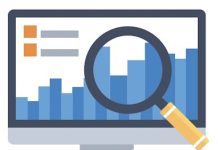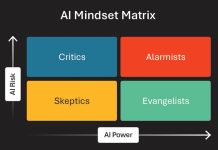The COVID-19 pandemic has expedited a remote work culture that was already on its way. First came the novelty phase. For those who had never worked from home, they realized the many benefits: no commute time, less money spent on eating lunch out and, for many, heightened productivity without the distractions of the office.
However, more than six months into this unprecedented global pandemic, some workers are getting restless, unmotivated and disengaged. With little warning and an inability to put immediate plans and policies in place to help workers, some employers are having difficulty maintaining the motivation of their workers. In fact, despite a slight rise of overall engagement, nearly half (47%) of American employees currently do not feel engaged.
For sales teams selling in industries where money is already tight due to the pandemic, many have become frustrated and unmotivated with the slow economic recovery and thus low budgets from prospects and clients. How can leaders continue to motivate and retain their remote teams through the remainder of the year while managing budgetary restrictions?
Sales teams should look to data to optimize compensation and retain remote sales teams as the novelty of remote work wears off and employees become more disengaged. Let’s explore three ways that sales leaders can utilize data and analytics to stay afloat amid the crisis and keep teams motivated.
Analyze compensation effectiveness
While other programs that may typically take precedence are on hold, this climate serves as a perfect time for sales leaders to take pause and turn their attention to compensation. With the instability of the past few months, most organizations are looking for ways to become more efficient, and employees are looking for compensation benefits that keep them afloat while working from home. Sales leaders should consider consolidating compensation data and standardizing reporting to better understand the impact of their compensation strategies. This process allows teams to analyze compensation effectiveness so they know where there is value for their investment and where the team may be falling short.
For example, are there current benefits and perks that do not provide significant value to the employee, but are taking up budget that could be best used elsewhere? Perhaps the budget (or a portion of the budget) that is typically reserved for commuter benefits can be used temporarily to subsidize at-home internet costs for employees. This data analytics process will allow leaders to position the organization for future success and ensure top performers are receiving compensation that keeps them motivated.
Set the Right Pay Scales
Employees are motivated when they feel valued by the company, and part of feeling valued in our current climate stems from pay equality. Although companies may be looking to cut budgets where possible, it’s equally important to consider employee happiness and engagement when rethinking compensation strategies. When creating new compensation models, use data to leverage market benchmarks and analyze teams’ pay scales for internal fairness and competitiveness. To promote trust through transparency, companies can use benchmark data to demonstrate how employees’ individual compensation aligns with the market.
For a commission-based job, defined compensation is particularly important as unclear commission structures can cause employees to feel undervalued when they don’t understand the basis of their pay. Consider creating a document that outlines commission and bonus structures so employees are clear on how their organization allocates compensation and they have no question they’re equally valued.
Identify At-Risk Employees
In this volatile economy, despite fears of being furloughed or laid off, employees are still at risk of becoming disengaged and unmotivated, especially as the pandemic drags on and many continue to feel a lack of connection with their companies.
Vismay Gada is head of North America and Global Financial Services at beqom, a global provider of compensation management software.




